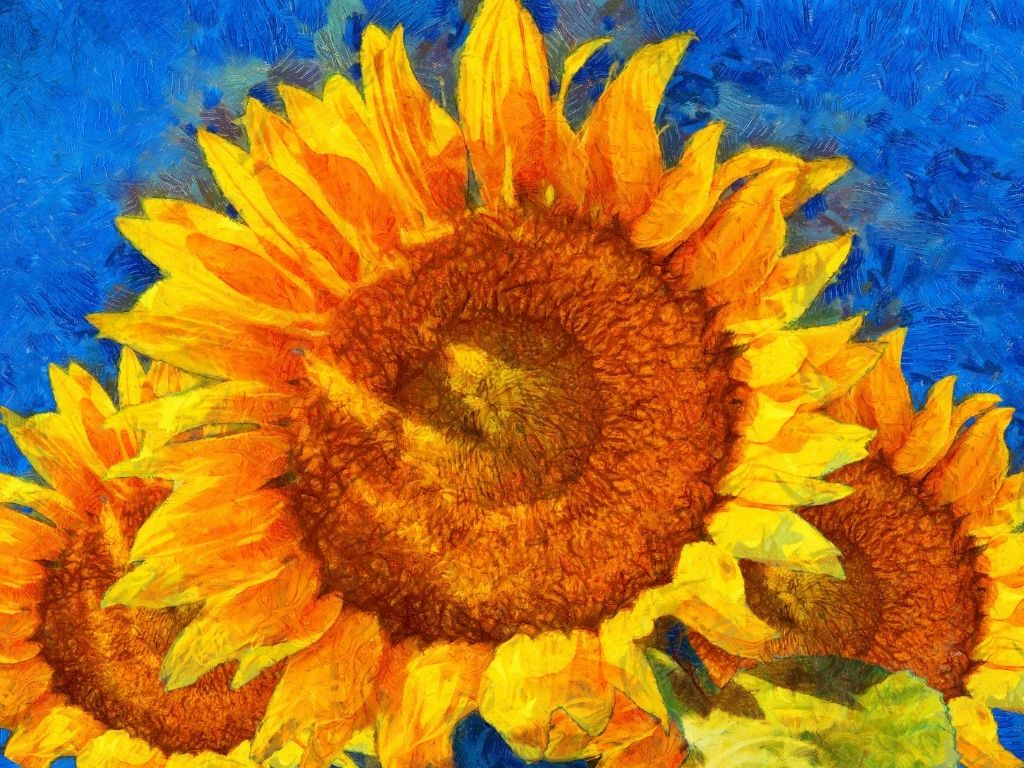Throughout recent history, there are a few artists whose names ring true as the most talented creators in their fields. It’s hard to argue with someone about the artistic merit of an artist like Picasso or Pollock. Van Gogh is also on that list, and today, I’ll be looking at whether or not he was French.
Is Van Gogh French? Van Gogh was not French. As evidenced by his name, Vincent Van Gogh was born in Zundert, in the Netherlands. However, Van Gogh is widely perceived as French because many of his most influential paintings were made while the artist resided in France during the late 1800s.

As you may know, Van Gogh lived a complicated life, and it would be impossible to sum up the artist’s relationship with France over the course of just one paragraph. Over the course of this guide, I’ll take a closer look at why people seem to think that Van Gogh is French.
Is Van Gogh French?
Vincent Van Gogh was born on March 30th, 1853, in Zundert, which is a town in the Netherlands. Zundert was located in the southern part of the Netherlands, which was mainly a Catholic area. This, rather definitively, identifies Vincent Van Gogh as Dutch and not French.
So where did Van Gogh’s association with France come from? It’s likely that the artist’s love of the country was influenced by where he was born. The province of North Brabant borders Flanders, in which many of the inhabitants speak Dutch and a significant minority speaks French.
Despite being born near an area where French was used relatively frequently, it took until the 1880s for Van Gogh to experience France first-hand. The artist went to live in Paris for a few years during the mid-1880s, and he liked the country so much that he decided to live there for many of the remaining years of his life.
Van Gogh decided to stay in France permanently in 1888, after he had spent a few years in Paris and decided that he liked his time there. He went on to move to the South of France so that he could explore more of the country, seeking further inspiration for his work.
In the period between 1888 and 1889, Van Gogh was living in Arles, and he created some of his most famous paintings. Van Gogh noted that the bright colors in Arles inspired him to implement more color in his artwork, and this is reflected in pieces like The Harvest and Fishing Boats on the Beach at Les Saintes-Maries-de-la-Mer.
Some of Van Gogh’s main sources of inspiration in Arles included the workers who would take in the harvest and the orchards with their blossoming flowers. This is when Van Gogh truly embraced his expressionist tendencies, as he stopped restraining himself as much as he did in his earlier works.
While living in the Yellow House in Arles, Van Gogh convinced Paul Gauguin to come out to him so that they could start a colony of artists. To get Gauguin out to Van Gogh, Vincent’s brother Theo had to pay for his travel expenses, though he held no ill will towards Vincent for this.
With Gauguin, Van Gogh worked on paintings that are still famous worldwide to this day, but things weren’t as simple as one might assume. Both Van Gogh and Gauguin were passionate characters, and this often led to them engaging in heated and sometimes even aggressive arguments about their perceptions of art.
This sets the stage for the famous incident in which Van Gogh mutilated his own ear. The argument that led to the incident started due to a difference in how Van Gogh and Gauguin would paint. While Gauguin relied on his imagination and his memory, Van Gogh preferred to paint what he could see with his eyes.
As they argued over this difference, Gauguin threatened Van Gogh that he would leave, and Van Gogh confronted him with a razor. Later that night, in the midst of a psychotic episode, Van Gogh cut off a part of his own ear with the razor and wrapped it in newspaper. He then brought the piece of his ear to a prostitute in the town’s red light district.
Unfortunately, this marked the end of Van Gogh’s colony of artists and led him on a downward spiral that would culminate in his suicide in Avers-sur-Oise, a small town on the outskirts of Paris. It is perhaps poetic that Van Gogh died in France, the country that he may have identified as his adopted homeland.